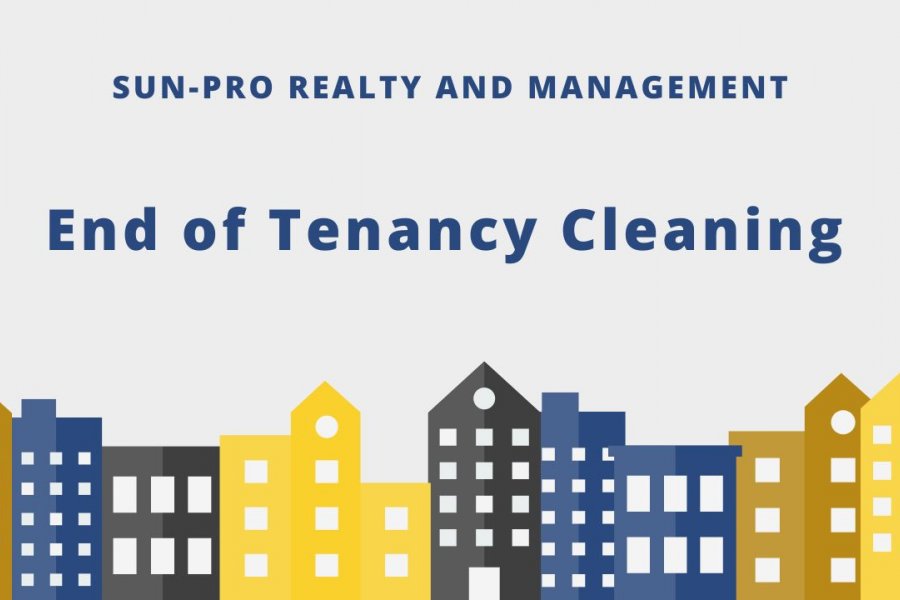
Once the tenancy period of a renter ends, the landlord has to fulfill certain duties. They need to return the security deposit, provided no property damage outside of wear and tear exists, and check if the renter performed an end of tenancy cleaning.
Since landlords and tenants may have different standards of cleanliness, it’s important to have an end of tenancy checklist and include a maintenance and repair clause in the rental agreement. This can help reduce potential conflicts and guide the renters on what specific areas to focus on.
What Is an End of Tenancy Cleaning?
Before renters are due to exit the rental home, they have a responsibility to clean the rental unit. The cleaning must include each room and its features, such as appliances, floors, and furnishings. The goal is to get the rental space to look the way it did prior to the tenant’s occupancy.
What Is the Purpose of an End of Tenancy Cleaning?
End of tenancy cleaning must be performed to get the unit to look as close to its original condition as possible. For instance, if the renter changed the color of the walls, they must be repainted to their original shade. If there are damages caused by a renter that can’t be attributed to normal wear and tear, the tenant must get them repaired.
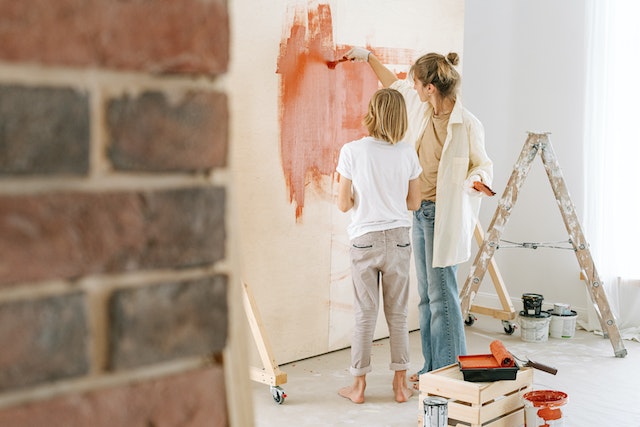
If the unit was presented to the tenant in a pristine state, then the renter must turn it over in a similar condition. Otherwise, the landlord may keep part of the security deposit to cover any repair costs or cleaning fees.
Familiarize yourself with Florida security deposit laws to remain in compliance. If conflicts occur, legal counsel may be sought out to help reach a decision.
What Should Be the Standard Degree of Cleanliness?
Since people have varying definitions of cleanliness, disagreements may happen at the end of the leasing period. Renters can make an effort to present the rental space the way it was initially handed to them; one can only match the original cleanliness level of the property. It’s important for landlords not to expect more than that when evaluating the end of tenancy cleaning.
It is thus recommended landlords perform a walk-through inspection with renters before the move-in date. Landlords can explain the standard of cleanliness that will be expected and give the tenants a source of comparison. Having documentation also makes it easier for tenants to instruct professional cleaners, if they plan to hire any, to match the standard of rental cleanliness.
If a renter presents the rental unit in an appropriate and agreed-on condition, then the landlord must return the security deposit in full, provided all property damage outside of normal wear and tear has been fixed. Pre-existing damage, from before the tenant moved in, is under the landlord’s duty to repair.
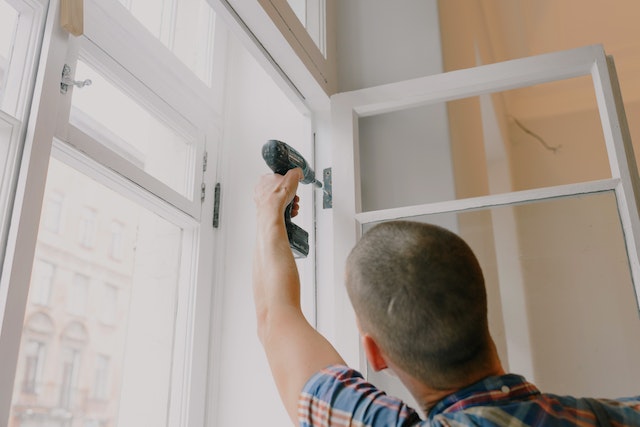
How Is Normal Wear and Tear Defined?
The more use a space gets, the more likely it is that damage due to normal wear and tear will occur. Things get worn down with repeated use; the same is true for the rental’s furnishings, appliances, and other components.
For instance, carpets accumulate stains, wallpapers fade, wall paints grow dull, and furniture and floors get scratched. Such damages are to be expected with the passing of time, and landlords are in charge of addressing them. Landlords are not allowed to make security deposit deductions for repair and replacement costs covering normal wear and tear.
What Is Part of an End of Tenancy Cleaning?
Every renter should turn over a clean rental space upon moving out, one that matches its original level of cleanliness. Renters may choose to hire a professional cleaner or perform the cleaning on their own.
To help renters meet your cleanliness standards and make the process easier for yourself, an end of tenancy checklist should be available. Here are some things you may want to include:
Walls, Doors, and Ceilings
- If you spot wall marks, consider if a paint touch up is required.
- Wipe the light switches and socket areas with a clean cloth.
- Remove dust from surfaces as well as door and window handles.
- Polish the mirrors with a clean cloth.
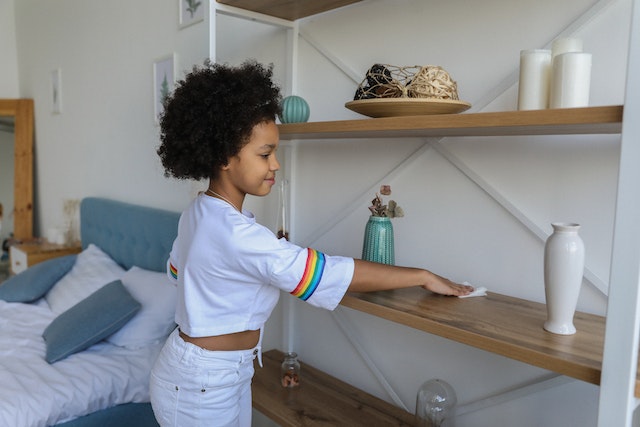
Fixtures and Furnishings
- Clean the inner and outer corners of closets, shelves, and cupboards.
- Clean the lampshades and light bulbs to get rid of dust.
- Use a vacuum cleaner on the sofa and under it.
- Remove any clutter inside cupboards and drawers.
- Wipe the surfaces of desks and tables.
Bathrooms
- Clean the basin and shower head with organic ingredients from the kitchen.
- Get rid of the hard water stains on the faucet and bathtub.
- Use a toilet brush when scrubbing your toilet and use disinfectant to clean it properly.
- Remove mold on bathroom tiles using an old toothbrush.
- Clean the dust covering exhaust fans.
Kitchens
- Clean and degrease the oven.
- Wipe the kitchen countertops.
- Get rid of limescale from taps and kitchen sink with vinegar/lemon juice mixture.
- Empty your refrigerator and clean its interiors.
- Disinfect the trash bins.
- Mop the kitchen floors.
Outside Areas
End of tenancy cleaning should also include outside areas, so as to make the property’s curb appeal more attractive. Tenants should leave the property as it was presented to them; they should rake the leaves, remove clutter, and throw the trash out properly.
As the landlord, if you spot mold on the ground, jet washing is advisable to reduce the growth of moss. You can also schedule regular lawn mowing to refresh the look of your rental unit’s exteriors.
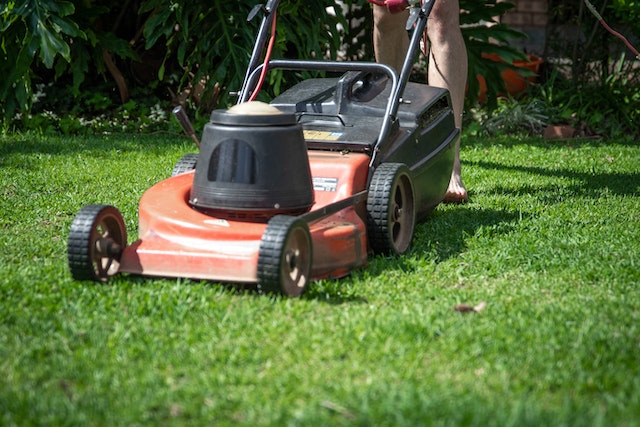
Bottom Line
If you’re seeking a trusted property manager to perform property maintenance and repair, call Sun-Pro Realty and Management today!
